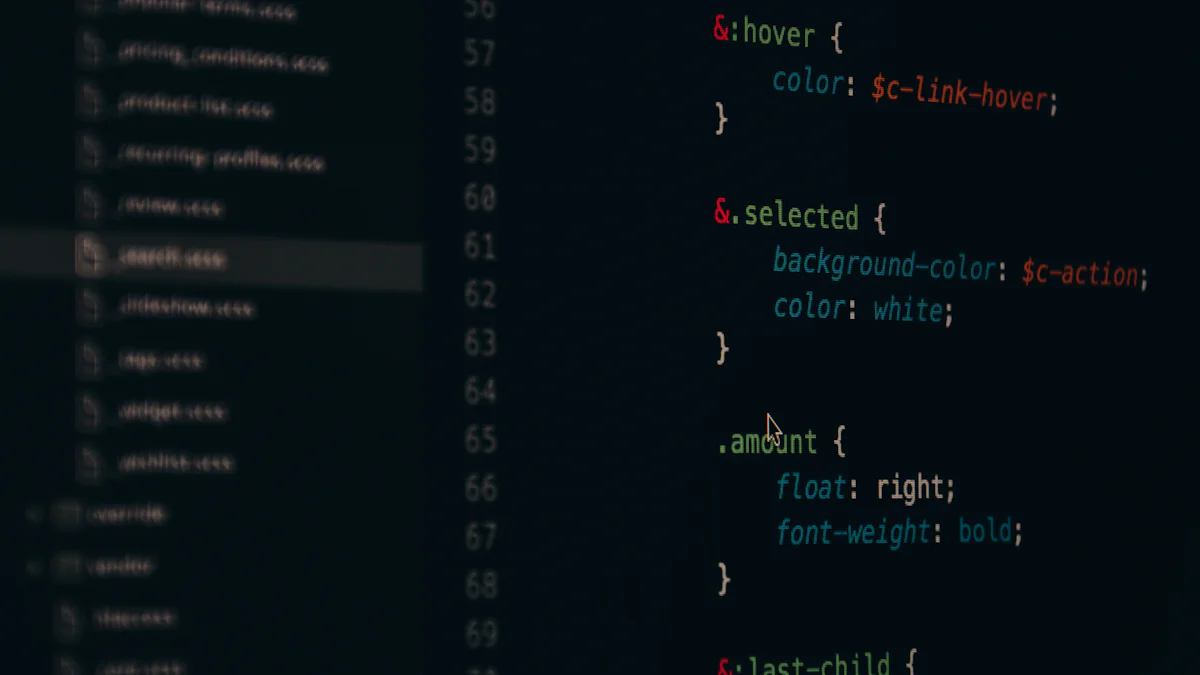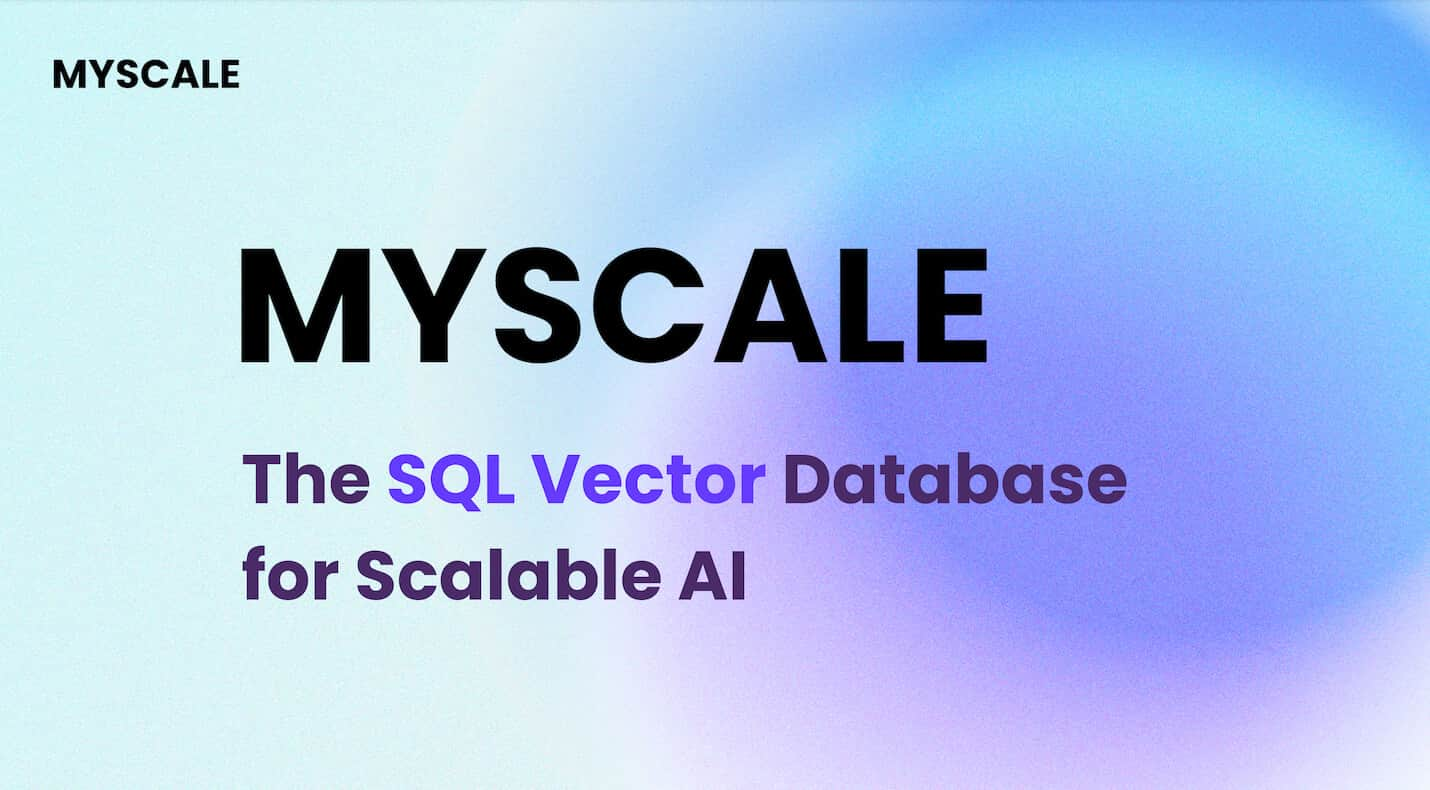
In the realm of deep learning, model optimization stands as a crucial pillar for enhancing performance. Introducing PyTorch dynamic quantization (opens new window), a technique that revolutionizes model efficiency by converting weights to lower-precision representations. This blog aims to equip you with invaluable tips to elevate your model architecture using dynamic quantization strategies.
# Understanding PyTorch Dynamic Quantization (opens new window)
In the realm of deep learning models, understanding Dynamic Quantization (opens new window) is paramount for optimizing model efficiency. Dynamic Quantization involves converting weights from high-precision floating-point representations to lower-precision integer representations, such as int8. This technique offers a streamlined approach to enhancing model performance without compromising accuracy.
# What is Dynamic Quantization?
Dynamic Quantization simplifies the quantization process in PyTorch, enabling quick optimization of deep learning models without significant loss of accuracy. By converting weights to lower-precision integer representations, dynamic quantization reduces the model size and improves performance. The benefits of using dynamic quantization in deep learning models are substantial, including enhanced inference speed and reduced memory usage.
# How PyTorch Implements Dynamic Quantization
PyTorch's approach to dynamic quantization involves adapting well to different model types and offering flexibility in optimization approaches. The key features and tools in PyTorch for dynamic quantization provide a robust framework for implementing efficient optimization strategies. Leveraging PyTorch's dynamic quantization capabilities empowers developers to enhance their models effectively.
# Comparing Dynamic and Static Quantization
Understanding the differences between dynamic and static quantization is crucial for selecting the appropriate technique for your model. While dynamic quantization optimizes models during runtime, static quantization involves optimizing models before deployment. Each type of quantization has specific use cases based on the requirements of the model architecture.
# Tips for Boosting Models with PyTorch Dynamic Quantization
# Tip 1: Selective Quantization
Selective Quantization allows developers to optimize specific parts of the model architecture, focusing on critical components for enhanced performance. By selectively quantizing targeted layers or parameters, developers can tailor optimization efforts to areas that significantly impact model efficiency. Implementing Selective Quantization in PyTorch involves identifying key segments within the model structure that benefit most from quantization and applying precision adjustments accordingly.
# Tip 2: Per-Channel vs. Per-Layer Scaling
When deciding between Per-Channel and Per-Layer Scaling, understanding their distinct advantages is crucial for optimizing model quantization effectively. Per-Channel Scaling offers granularity by adjusting scaling factors individually per channel, while Per-Layer Scaling applies a single scale factor across all channels in a layer. The choice between these scaling methods depends on the specific requirements of the model architecture and the desired balance between precision and efficiency.
# Tip 3: Post-Training Quantization (PTQ)
Integrating Post-Training Quantization (PTQ) into the optimization workflow enables developers to further refine model performance post-training. This technique involves fine-tuning the quantized model through additional calibration steps, enhancing accuracy without compromising efficiency. Applying PTQ in PyTorch requires a systematic approach to calibrating quantized weights and activations, ensuring optimal performance in real-world deployment scenarios.
# Tip 4: Quantization-Aware Training (QAT) (opens new window)
When implementing Quantization-Aware Training (QAT), developers integrate quantization considerations into the training process itself, optimizing model accuracy. By incorporating QAT techniques during the training process, models learn to adjust to lower-precision representations effectively. This method enhances the model's ability to maintain accuracy even after quantization, ensuring reliable performance in real-world scenarios.
# Explanation of quantization-aware training
Quantization-Aware Training focuses on training models with the awareness of future quantization processes, preparing them for efficient conversion to lower-precision formats. During QAT, models adapt their weights and activations to align with the requirements of quantized deployment, improving overall model robustness and accuracy post-quantization.
# Benefits of QAT for model accuracy
The primary advantage of Quantization-Aware Training lies in its ability to preserve model accuracy throughout the quantization process. By training models with a focus on future quantized representations, QAT ensures that performance remains consistent even after converting to lower precision. This approach enhances the reliability and effectiveness of quantized models in various applications.
# Advanced Techniques and Troubleshooting
# Hybrid Quantization
Hybrid quantization presents a unique approach to model optimization by combining the benefits of both dynamic and static quantization (opens new window) methods. This technique involves leveraging the advantages of dynamic quantization during runtime while incorporating the efficiency of static quantization for pre-deployment optimization. By implementing hybrid quantization in PyTorch, developers can achieve a balanced strategy that enhances model performance across different stages of development.
# Explanation of hybrid quantization
In hybrid quantization, developers harness the flexibility of dynamic quantization for on-the-fly optimization, ensuring efficient inference speed and reduced memory usage. Simultaneously, the model undergoes static quantization procedures before deployment, fine-tuning its precision for specific hardware requirements. This hybrid approach maximizes the benefits of both techniques, resulting in an optimized model ready for diverse deployment scenarios.
# How to implement hybrid quantization in PyTorch
Implementing hybrid quantization in PyTorch involves a strategic workflow that integrates dynamic and static optimization steps seamlessly. Developers first apply dynamic quantization techniques during runtime to benefit from immediate efficiency gains. Subsequently, they transition to static quantization processes to refine the model's precision for deployment on various platforms. By combining these methodologies effectively, developers can unlock the full potential of their models with enhanced performance and adaptability.
# Troubleshooting Common Quantization Challenges
Navigating through common challenges encountered during the quantization process is essential for ensuring optimal model performance. By addressing these issues proactively, developers can streamline their optimization workflows and enhance overall efficiency.
# Common issues faced during quantization
During model quantization, developers may encounter challenges related to accuracy degradation, compatibility with hardware constraints, or calibration inconsistencies. These issues can impact inference speed and memory usage, hindering the model's performance in real-world applications.
# Solutions and best practices to overcome these challenges
To overcome common quantization challenges, developers can adopt strategies such as thorough calibration procedures, compatibility testing across different hardware configurations, and continuous monitoring of accuracy metrics post-quantization. By implementing robust validation processes and fine-tuning techniques, developers can address these challenges effectively and optimize their models for peak performance.
Recapping the essence of dynamic quantization (opens new window) in enhancing model optimization, it's evident that this technique significantly boosts performance metrics. The amalgamation of various tips, from selective quantization to post-training techniques, offers a holistic approach to refining models effectively. Encouraging exploration and experimentation with these strategies is paramount for achieving optimal model architecture. Remember, the journey to peak performance begins with embracing dynamic quantization's transformative power.



